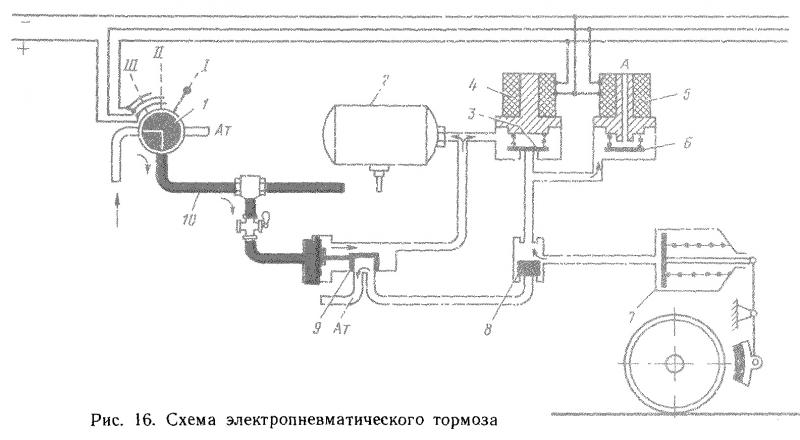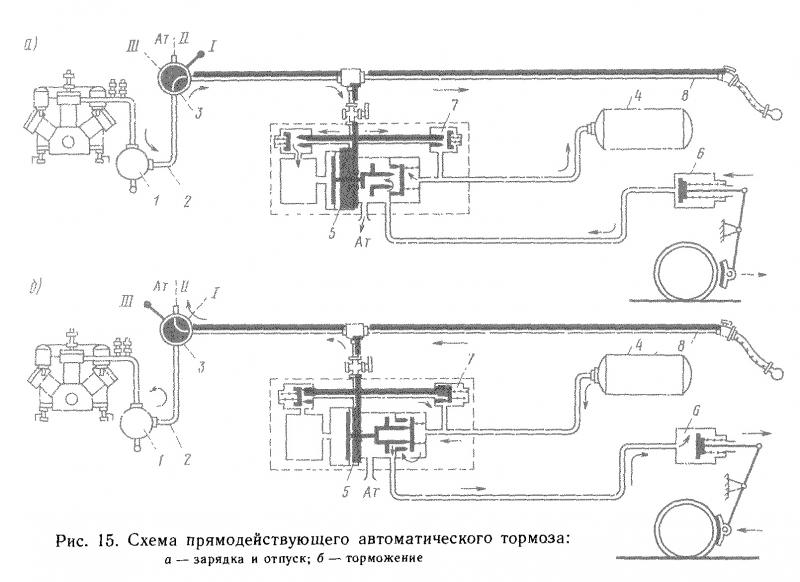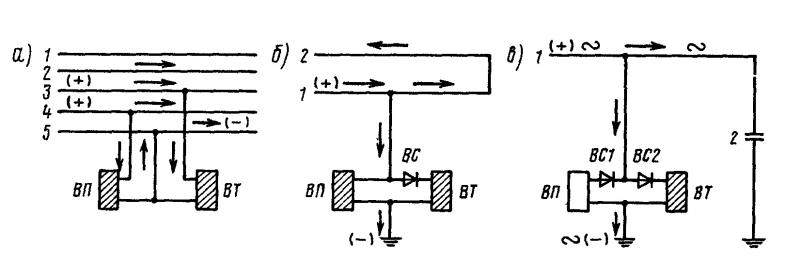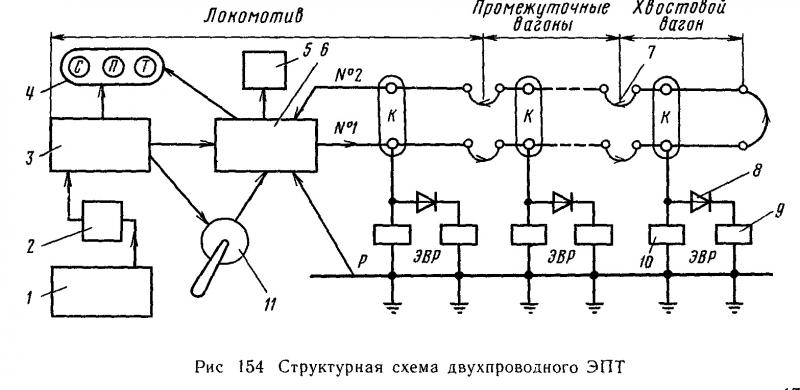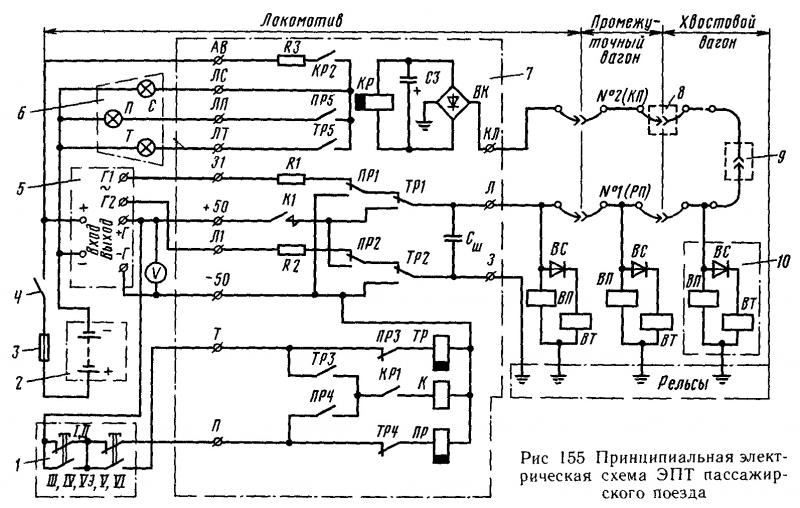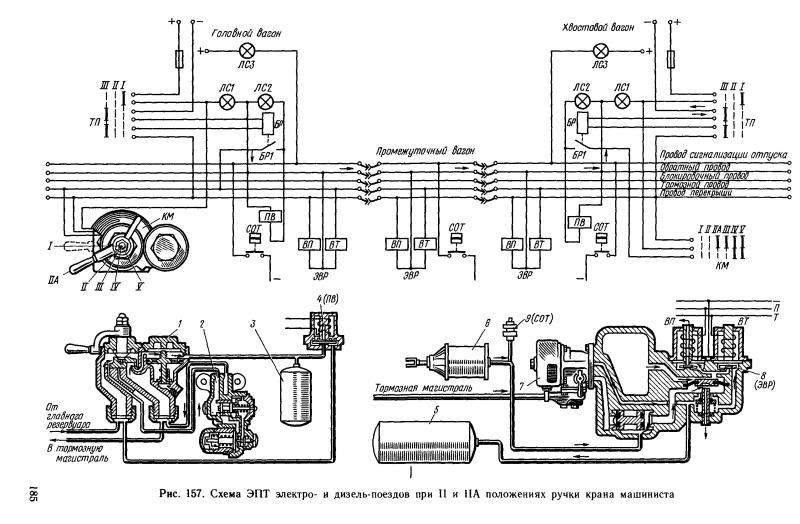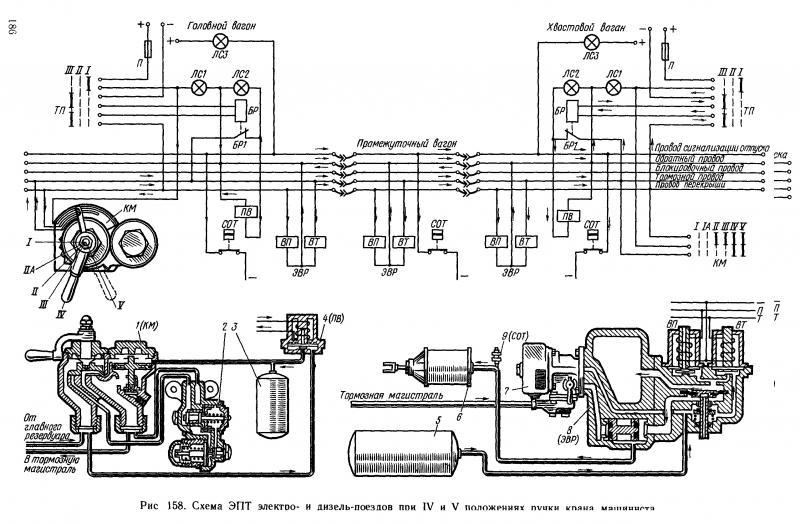For those who do not want to mess with a dozen new tokens, I have a mod for the TS starter route which includes all my physics work from the last 2 years (and that includes updates to make things use the new brake system features). Take the stuff in this ZIP and unzip it inside the TRAINSET folder of a clean install of the TS starter route. I believe there have been a couple of different versions of the TS starter route, and this mod will only work with one of the two. In any case, it should be this download link. No additional file manipulation is needed beyond copying and pasting into the correct folders, though if you want freight car sounds you will need the NAVS Car Sounds v2.5 pack (NAVSFR10.zip on TrainSim.com, can't link directly to the download from here) installed.
 PSC Physics Enhancement TS Starter Route.zip (1.21MB)
PSC Physics Enhancement TS Starter Route.zip (1.21MB)
Number of downloads: 83
Some things to look for to verify changes are working (first of all, you need to be on the most recent unstable build for any of this to have a chance at functioning!)
- Making a minimum reduction causes a very fast reaction along the entire length of the train (that's quick service)
- Reductions in the brake pipe propagate unnaturally quickly (that's accelerated application)
- Releasing the train brakes causes a rapid and substantial increase in brake pipe pressure all along the train, at the expense of emergency reservoir pressure reduction (that's quick release)
- During release from heavy applications, aux res pressure at the front of the train will lag behind the brake pipe pressure, while it'll keep up just fine at the rear (that's uniform charging)
- If you do an emergency application (this mod uses Cesar's emergency vent valves, so you'll be unable to add air to the brake pipe for 2 minutes after an emergency application) and subsequently release, air from the aux res and brake cylinder will be sent to the brake pipe to speed up the release a lot (that's accelerated emergency release)
- It may be hard to spot, but the rolling stock won't actually produce any brake force until there's already a few psi in the brake cylinder, which is simulating the resistance of the cylinder return spring
Note that it doesn't matter if you drive the grain train or the double stack. Both types of train cars have the same implementation of an ABDW control valve, which includes all of the aforementioned features. I would have liked to include something with just the ABD valve so you could see how slow applications are without accelerated application, but the free route doesn't have anything fitting that description.
Oh, and I should also mention that, like in real life, these features can cause trouble. If you don't wait for the brake pipe to recharge and make only a minimum reduction it is entirely possible that the combination of quick service and quick release will cause the entire train to release instead of sticking at a minimum reduction.

 Log In
Log In Register Now!
Register Now! Help
Help








